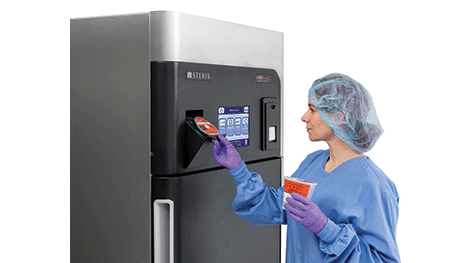Low-temperature sterilization is a process used to sterilize medical devices and instruments, such as needles and syringes. It is a safe and effective way to protect patients against infection and contamination. Cold Sterilization Specialists (Also called Spcialistes de la strilisation froid in the French language) are typically employed in medical facilities, such as hospitals and laboratories.
Image Source : Google
Here are some steps:
1. Validation: Validation is the process of determining and verifying that a sterilization process will consistently achieve the desired outcome. This involves testing the process and equipment to ensure that the sterilization cycle is effective in eliminating microbes and that the equipment is operating correctly.
2. Monitoring: Monitoring is the process of continuously observing and measuring the performance of the sterilization process. This can include testing the equipment for accuracy, measuring the temperature and humidity during the cycle, and testing the cycle for microbial reduction.
3. Benefits of Proper Validation and Monitoring: Proper validation and monitoring of low-temperature sterilization processes provide numerous benefits to patient safety. First, they reduce the risk of cross-contamination and infection. Validation and monitoring help to ensure that the sterilization process is effective in eliminating microbes and that the equipment is operating correctly. Second, they help to ensure that the sterilization process is consistent and reliable.
Conclusion: Proper validation and monitoring of low-temperature sterilization processes are essential for patient safety. Validation helps to ensure that the process is effective in eliminating microbes, and monitoring helps to ensure that the process is consistently effective.

